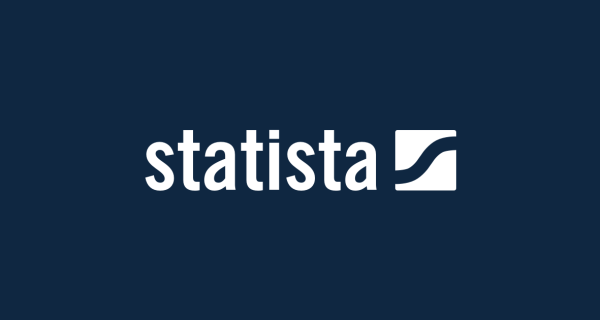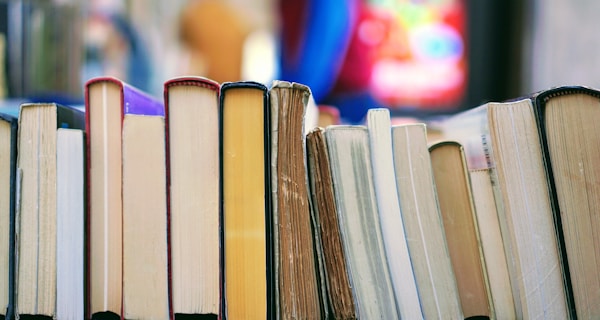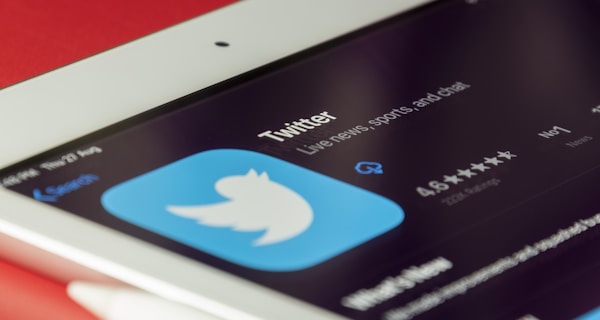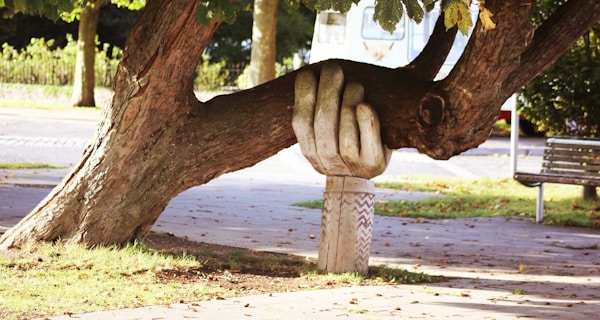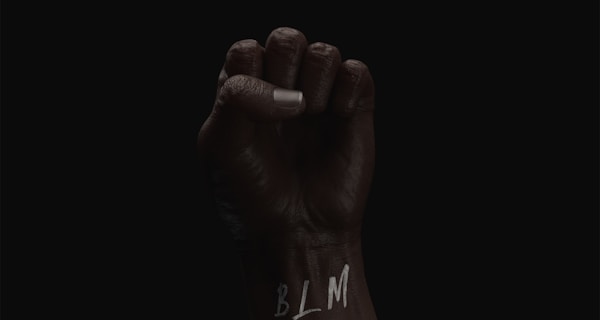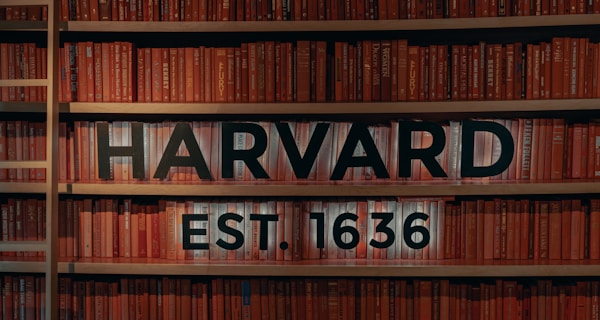How to Harvard reference
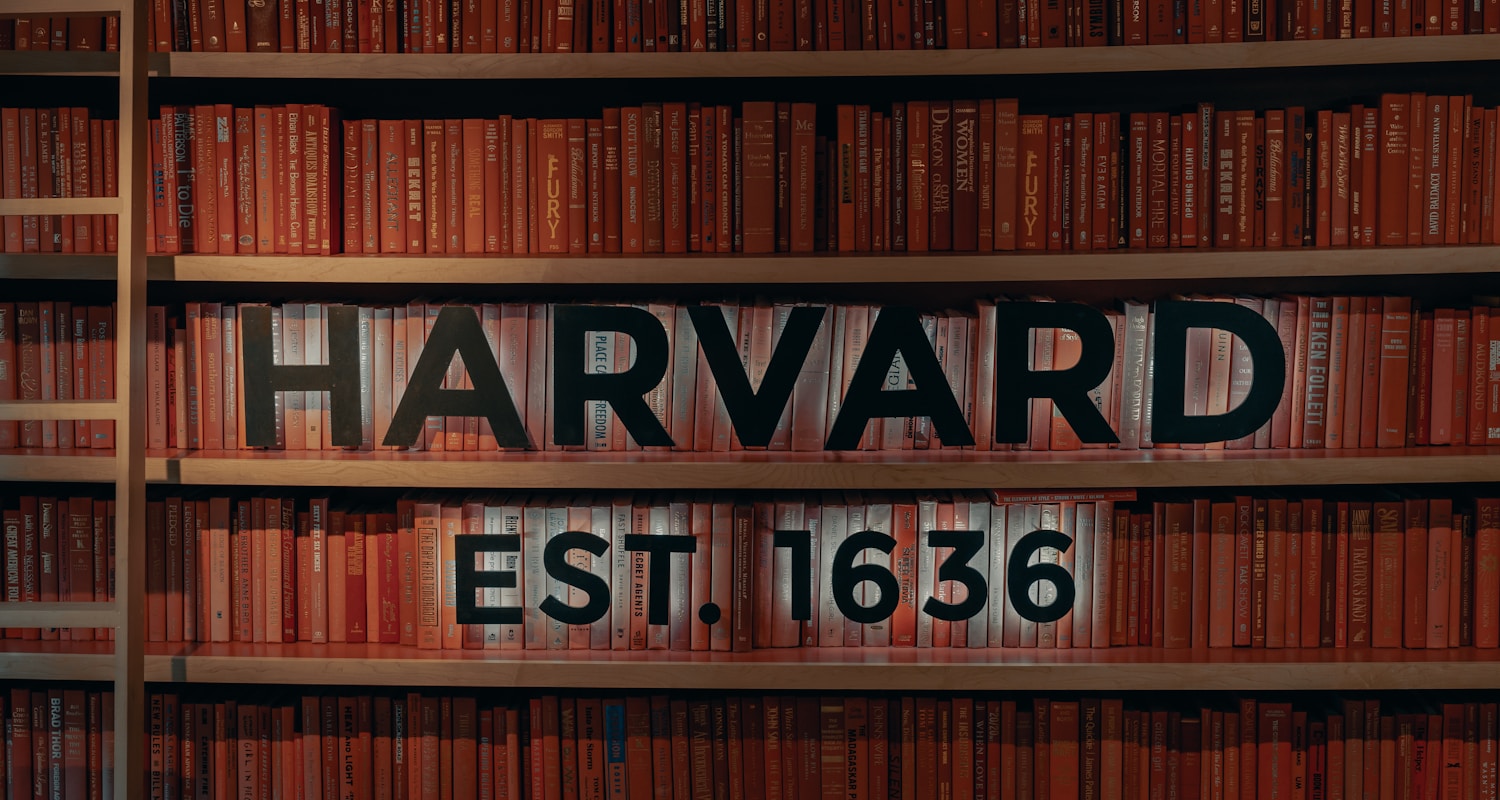
1. What is referencing?
It’s a method used to demonstrate to your readers that you have conducted a thorough and appropriate literature search, and reading. Referencing is an acknowledgment that you have used the ideas and written material belonging to other people in your own work. As with all referencing styles, there are two main parts: citing along the text, and the reference list.
2. Why should I reference?
1. Accurate referencing is a key component of good academic practice and enhances the presentation of your work. It shows that your writing is based on knowledge.
2. You will make sure that anyone reading your work can trace the sources you have used in the development of your work, and give you credit for your research efforts and quality in the same way you give credit to other others.
3. If you do not acknowledge another author’s work or ideas, you can be accused of plagiarism.
3. What should I reference?
You should include a reference for all the sources of information that you use when writing or creating a piece of your own work.
4. What is a citation?
When you use another person’s work in your own work, either by referring to their ideas or by including a direct quote, you must acknowledge this in the text of your work. This acknowledgment is called a citation. When you are using the Harvard style, your citation should include:
1. The author or editor of the work you are alluding to.
2. The year of publication of the work you are alluding to.
5. How to create a citation using Harvard style
There are rules that apply depending on the number of authors of a work, and if you are citing or simply quoting.
5.1 Citing one author
Include the author’s last name and year of publication.
A recent study investigated the effectiveness of using Google Scholar to find medical research (Henderson, 2005).
or
Henderson (2005) has investigated the effectiveness of Google Scholar in finding medical research.
5.2 Citing two or three authors
Include all the authors’ last names and year of publication.
Recent research indicates that the number of duplicate papers being published is increasing (Errami & Garner, 2008).
Evidence shows that providing virtual laboratory exercises as well as practical laboratory experience enhances the learning process (Barros, Read & Verdejo, 2008).
5.3 Citing four or more authors
If the work has four or more authors or editors, the abbreviation ‘et al.’ should be used after the first author’s last name. It is also acceptable to use ‘et al.’ after the first author if the work has three authors.
Social acceptance of carbon capture and storage is necessary for the introduction of technologies (van Alphen et al., 2007).
5.4 Citing works by the same author written in the same year
If you cite a new work that has the same author and was written in the same year as an earlier citation, you must use a lower case letter after the date to differentiate between the works.
Communication of science in the media has increasingly come under focus, particularly where reporting of facts and research is inaccurate (Goldacre, 2008a; Goldacre, 2008b).
5.5 Citing from chapters written by different authors
You may come across books that contain chapters written by different authors. When citing work from such a book, the author who wrote the chapter should be cited and not the editor of the book.
5.6 Citing a direct quote
If a direct quote from a book or article is used you must use single quotation marks (double quotation marks are usually used for quoting direct speech) and state the page number.
Simons, Menzies, and Matthews (2001) state that the principle of effective stress is ‘imperfectly known and understood by many practicing engineers’ (p.4).
5.7 Citing an image, table, or diagram
You should provide an in-text citation for any images, illustrations, photographs, diagrams, tables, or figures that you reproduce in your work, and provide a full reference as with any other type of work.
They should be treated as direct quotes in that the author(s) should be acknowledged and page numbers shown; both in your text where the diagram is discussed or introduced, and in the caption you write for it.
In-text citation:
Table illustrating checklist of information for common sources (Pears & Shields,2016:p.21).
or
‘Geological map of the easternmost region of São Nicolau’ (Ramalho et al., 2010:p.532).
5.8 Citing a source with no author
If you need to cite a piece of work that does not have an obvious author, you should use what is called a ‘corporate’ author. For example, many online publications will not have individually named authors, and in many cases, the author will be an organization or company.
A national strategy is creating a framework to drive improvements in dementia services (Department of Health, 2009).
If you are unable to find either a named or corporate author, you should use ‘Anon’ as the author’s name.
5.9 Citing videos, TV programmes, films or broadcasts
If you need to cite a multimedia work, you usually use the title of the video recording or the title of the film as the author. If a video is posted on YouTube or another video-streaming service then you should reference the person that uploaded the video (note this might be a username). Therefore, your citation should use the title that you identify as the author.
5.10 Citing from an interview or personal email
Include the last name of the interviewee or person who sent you the email as the author.
6. How to create a reference using Harvard style
To write your own references you will need information about each item that you read when you are researching a piece of work. These bits of information are called ‘bibliographic’ information.
For all types of references the key bits of information you need to start with are:
1. Author(s) or editor(s)
2. Date of publication
3. Title
The following table will help with some of the variations you should look for when collecting the information for your reference:
| Primary author/editor | Date of publication | Primary title of item | |
|---|---|---|---|
| Name of the person who wrote the email | The full date the email was sent: day/month/year | Subject of the email. This may include RE: or FWD: | |
| Journal article | Name of the person or people who wrote the article | The year the journal issue was published | Title of the article (not the title of the journal) |
| Newspaper article | Name of the journalist, or if there is no journalist name,the name of the newspaper | The full date on which the article was published: day/month/year | Title of the article (not the title of the newspaper) |
| Website | Use an individual name if you can find one, or the name of the organisation or company to whom the website belongs | Usually the current year, the year when the website was last updated, or the latest date next to the copyright statement | Title of the website |
| Web page | Use an individual name if you can find one, or the name of the organisation or company to whom the website belongs | Usually the current year, but if the web page has a full date of publication, you may also need that: day/month/year | Title of the web page. You will need to use the title of the website if the web page doesn’t have an individual title |
| YouTube or Online Video | Title of the programme, or if the programme is part of a series, use the series title | The year the video was released | Title (it does not need to be written twice if you used it as the author information) |
| Interview | Name of the person being interviewed | The full date on which the interview took place: day/month/year | No title needed |
| Book chapter | Name of the author of the chapter | The year the book was published | Title of the book chapter (not the title of the book) |
Depending on the type of material you want to reference you will also need other bits
of information, such as:
- Name of publisher
- Place of publication
- Page numbers
- Volume number
- Issue number
- URL (website or web page address)
- DOI (Digital Object Identifier – for published outputs)
- Title of conference proceedings
- Report number
- Book or conference editor (if not your primary author)
- Book or conference title (if not your primary title)
- Journal title (the journal article title will be your primary title)
- Date of access (for online material)
7. How to create a reference list using Harvard style
This is your list of all the sources that have been cited in the assignment.
- The list should be in alphabetical order by author/editor.
- Your reference list contains all the items you have cited or directly quoted from.
- When you have used more than one piece of work by the same author, in your reference list you should list the works in date order, beginning with the most recently published work.
8. What is a Bibliography?
There may be items that you have used for your work, but not cited. These can be listed at the end of your assignment in a ‘bibliography’. These items should be listed in alphabetical order by the author and laid out in the same way as items in your reference list.
If you can cite from every work you consulted, you will only need a reference list. If you wish to show to your reader the unused research you carried out, the bibliography will show the extra effort. Always check the guidance you are given for coursework, dissertations, etc., to find out if you are expected to submit work with a reference list and a bibliography. If in doubt, ask your lecturer or supervisor.
9. How to write references for your reference list and bibliography in Harvard style
9.1 Book: print in Harvard style
- Author(s)/Editor(s) (if an editor, always put (ed.) after the name)
- (Year of publication)
- Title (in italics)
- Series and title number (if part of a series)
- Edition (if not the first edition)
- Place of publication (if there is more than one place listed, use the first named)
- Publisher
Simons, N. E., Menzies, B. & Matthews, M. (2001) A Short Course in Soil and Rock Slope
Engineering. London, Thomas Telford Publishing.
9.2 Book: online/electronic in Harvard style
- Author(s)/Editor(s) (if an editor, always put (ed.) after the name)
- (Year of publication)
- Title (in italics)
- Edition (if not the first edition)
- Place of publication (if there is more than one place listed, use the first named)
- Publisher
- Available from: URL
- [Date of access]
Simons, N. E., Menzies, B. & Matthews, M. (2001) A Short Course in Soil and Rock Slope
Engineering. London, Thomas Telford Publishing. Available from: http://www.myilibrary.
com?ID=93941 [Accessed 18th March 2022].
9.3 Book: chapter in an edited book in Harvard style
- Author(s) of the chapter
- (Year of publication)
- Title of the chapter followed by In:
- Editor (always put (ed.) after the name)
- Title (in italics)
- Series title and number (if part of a series)
- Place of publication (if there is more than one place listed, use the first named)
- Publisher
- Page numbers (use ‘p.’ before a single page number and ‘pp.’ where there are multiple pages
Partridge, H. & Hallam, G. (2007) Evidence-based practice and information literacy. In: Lipu, S., Williamson, K. & Lloyd, A. (eds.) Exploring methods in information literacy research. Wagga Wagga, Australia, Centre for Information Studies, pp. 149–170.
9.4 Journal article: online/electronic in Harvard style
- Author(s)
- (Year of publication)
- Title of the journal article
- Title of the journal (in italics)
- Volume number
- (Issue number)
- Page numbers of the article
- Publisher
- Available from: URL (Include [Date of access]) or DOI (if available)
Vamvaka V, Stoforos C, Palaskas T, et al. (2020) Attitude toward entrepreneurship, perceived behavioral control, and entrepreneurial intention: dimensionality, structural relationships, and gender differences. J Innov Entrep 9(1). DOI: 10.1186/s13731-020-0112-0 [Accessed 20th January 2022].
9.5 Pre-print journal article in Harvard style
It is likely you will find articles available online prior to being submitted to the peer review procedure and published in a journal.
- Author(s)
- (Year of writing)
- Title of the journal article
- Submitted to/To be published in (only if this information is in the article)
- Title of Journal (in italics)
- Name of repository (in italics)
- [Preprint]
- Available from: URL (if available)
- [Date of access]
Silas, P., Yates, J.R. & Haynes, P.D. (2008) Density-functional investigation of the rhombohedral to simple cubic phase transition of arsenic. To be published in Physical Review B. Arxiv. [Preprint] Available from: http://arxiv.org/abs/0810.1692. [Accessed: 23rd February 2022].
9.6 Report in Harvard style
- Author(s)/Editor(s)
- (Year of publication)
- Title (in italics)
- Organisation
- Report number (in part of a series)
Leatherwood, S. (2001) Whales, dolphins, and porpoises of the western North Atlantic.
U.S. Dept. of Commerce. Report number: 63.
9.7 Map in Harvard style
- Author(s) (the organisation responsible for publishing the map)
- (Year of publication)
- Title (in italics)
- Scale
- Series title and number (if part of a series)
- Place of publication
- Publisher
British Geological Survey. (1998) South London. 270, 1:50 000. London, British
Geological Survey.
9.8 Website in Harvard style
- Author(s)/Editor(s) (use the corporate author if you can’t find an individual author or editor)
- (Year of publication) (if available, if there is no date, use the abbreviation n.d.)
- Title (in italics)
- Available from: URL
- [Date of Access]
European Space Agency. (2015) Rosetta: rendezvous with a comet. Available from:
http://rosetta.esa.int [Accessed 24th June 2020].
9.9 Email in Harvard style
Personal emails should be referenced as personal communication unless you have permission from the sender and receiver to include their details in your reference list.
- Sender
- (Year of communication)
- Email sent to
- Receiver
- Date and month of communication
Cabrera, F. (2022) Email sent to Dominic Özbakir, 12th February.
9.10 Presentation/Lecture in Harvard style
- Name of lecturer or presenter
- (Year of lecture)
- Title of the lecture or presentation (in italics)
- [Presentation/Lecture]
- Title of module (if available)
- Name of institution or place (if available)
- Date of lecture/presentation (day month)
Wagner, G. (2018) Protein interactions in gene expression. [Lecture] Imperial College London, 12th December.




